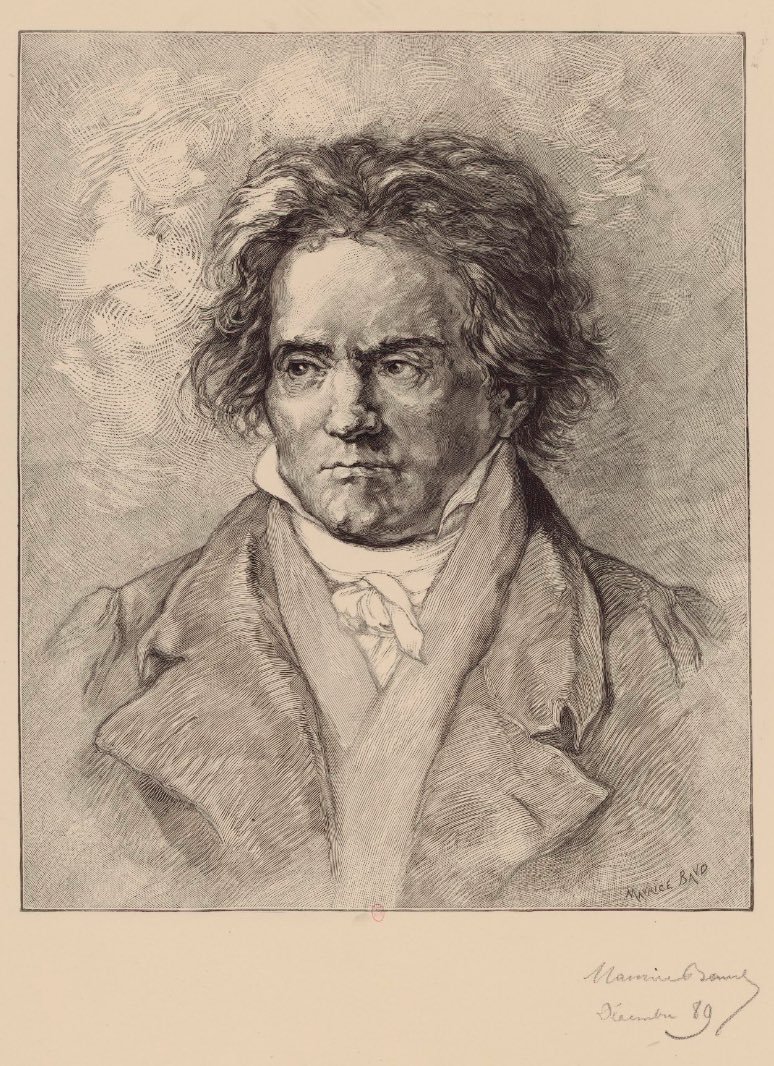
A little additional thread to celebrate Ludwig van Beethoven, this time featuring a few drawings and paintings of the great man:
Carl Jäger, 1870
Carl Jäger, 1870

Hadi Karimi @HadiKarimi_Art, 2020 



• • •
Missing some Tweet in this thread? You can try to
force a refresh


























